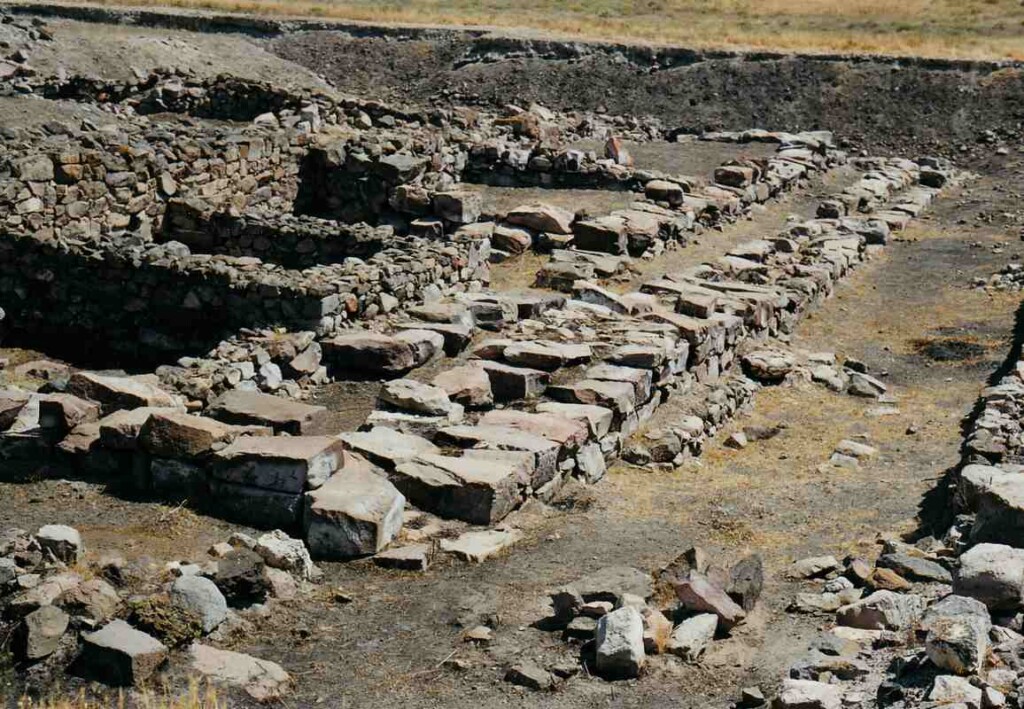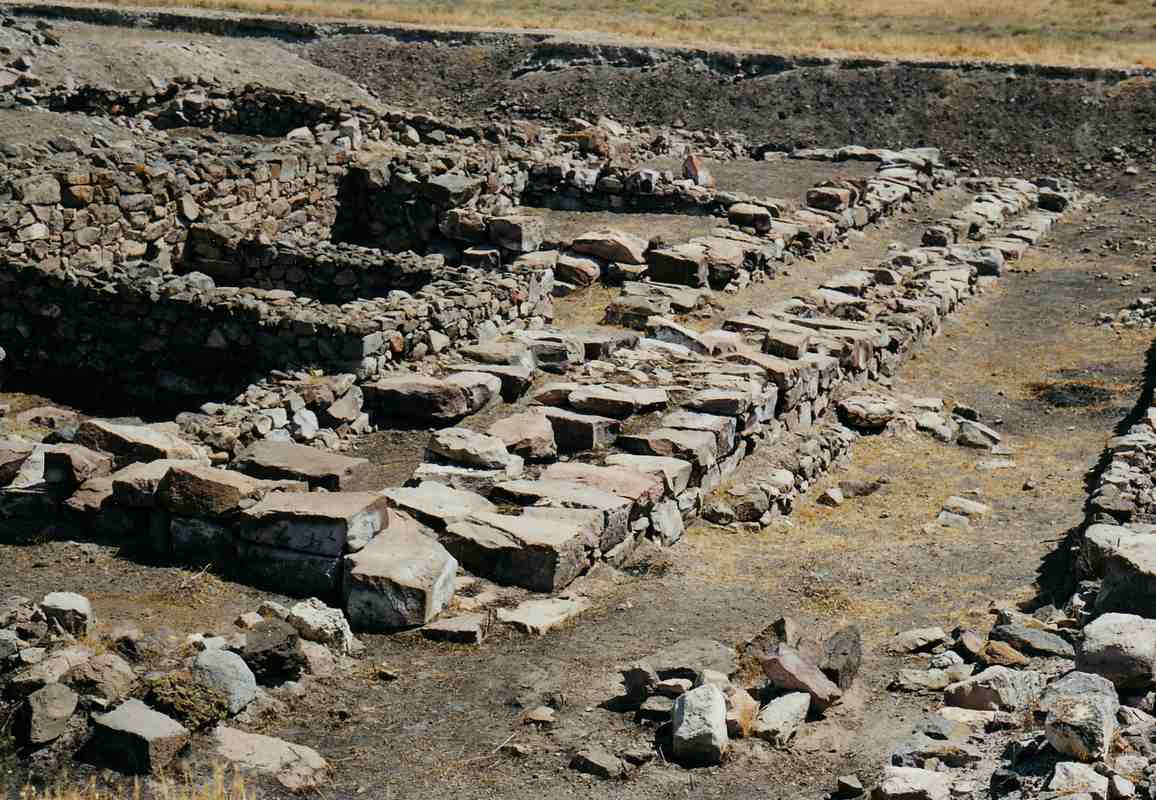
At the ruined site of a 4,000-year-old civilization in Anatolia, clay tablets have been found documenting a mundane but nonetheless fascinating aspect of culture: packed lunches.
The tablet speaks specifically of a Kültepe Cheese that was part of daily life for the people in the region, who, according to the tablet, used to carry it around with them on journeys.
Located in central Turkey today, in a province (Kayseri) that bears an astonishingly similar name to the German word for cheese dairy (Käserei) the ruins of Kültepe are considered the birthplace of Anatolian civilization.
It was an important city for the Hittites: the premier Anatolian civilization of its time, and today is known as the site where the earliest definitive example of an Indo-European language was written: in the form of Hittite, the loan words from which are mixed into Assyrian and Acadian cuneiform on the 20,000 tablets located at the city.
Professor Fikri Kulakoğlu, an archaeologist working on the site, which has been under excavation and study for 76 years, explained to Hurriyet Daily that the cheese would have been essential for life in the region.
“Four thousand years ago there was a cheese called ‘Kaniş Cheese.’ We read from these tablets that they took this with them,” Kulakoğlu told the Daily. “Obviously, whatever is in today’s geography, we see the same products in a similar way 4 thousand years ago.”
SIMILAR NEAR EAST DINING HABITS: 5,000 Year-Old Tavern Found in Iraq
“People took this cheese with them while traveling,” he added. “People at that time took boxed, sliced, and dried meat with them on their journeys. Even today, it is similar to preparing a normal sandwich in today’s conditions.”
Today, “pastırma” a spiced dry meat, is still a traditional foodstuff to carry on one’s person in the region, and Kulakoğlu stresses how there is no reason to believe the continuity connecting Hittite habits and today’s grab-and-go food culture has been interrupted.
CHEESE NEWS TODAY: First Ever Cheese Museum Opens in Paris: ‘It’s Gouda Brie a Delicious Visit’
It’s not the oldest example of cheesemaking in the world, as pottery found in Poland shows how comparatively primitive Neolithic cultures in Northern Europe were making cheese to circumvent lactose intolerance, or so it’s hypothesized, 2,000 years earlier than the Kaniş Cheese tablets.
KEEP The Cheese Wheel Of History Turning With Your Friends…




















